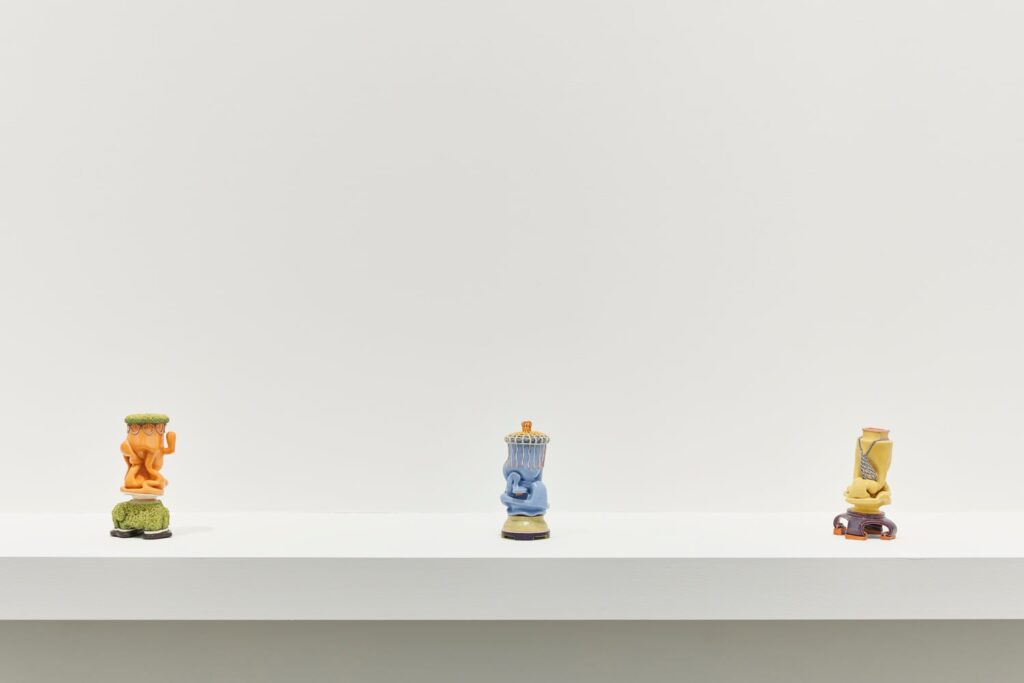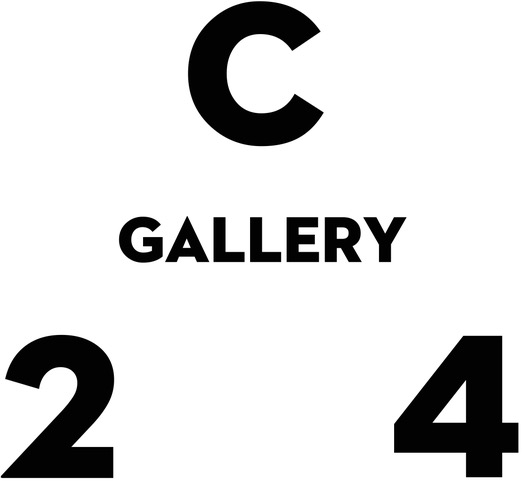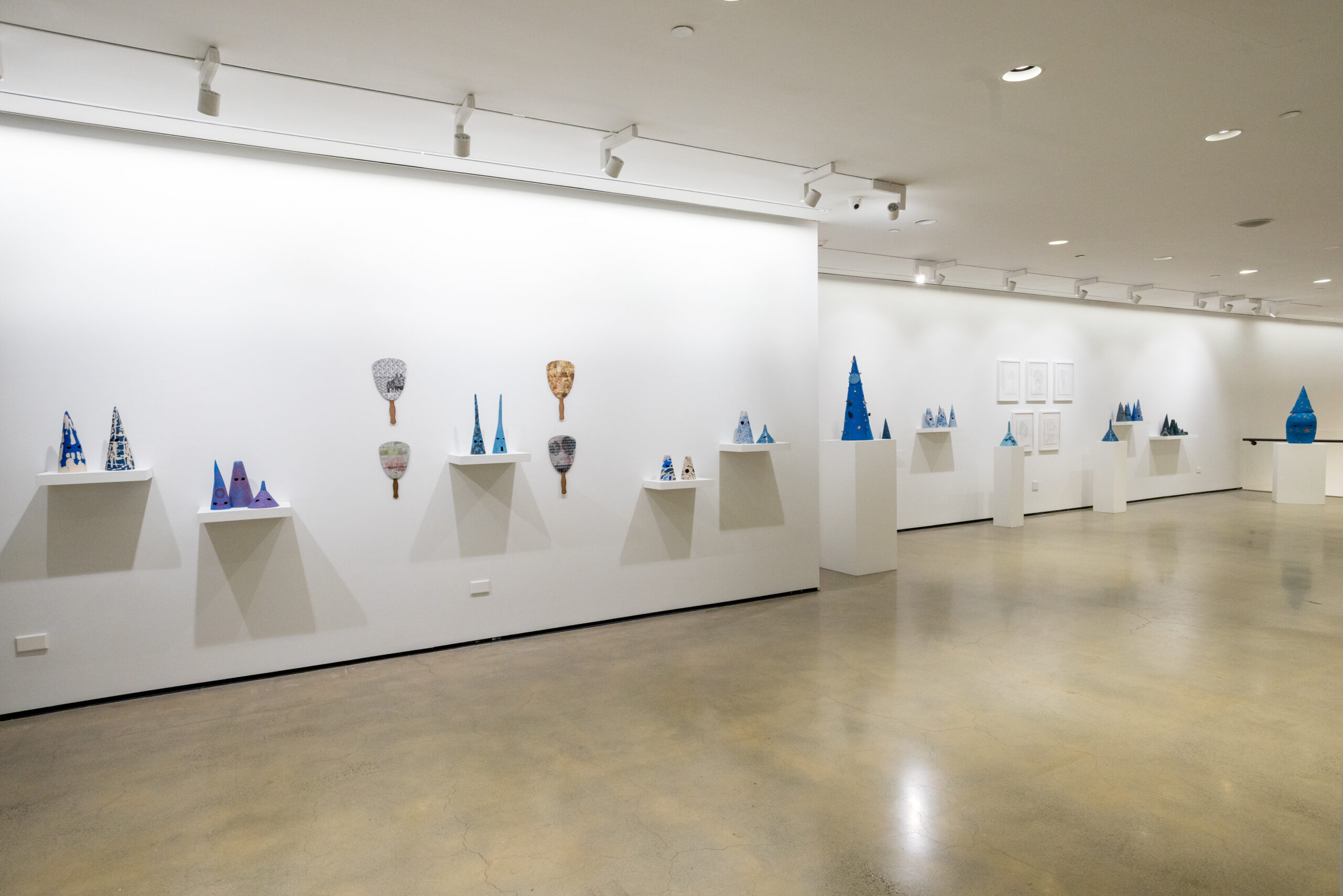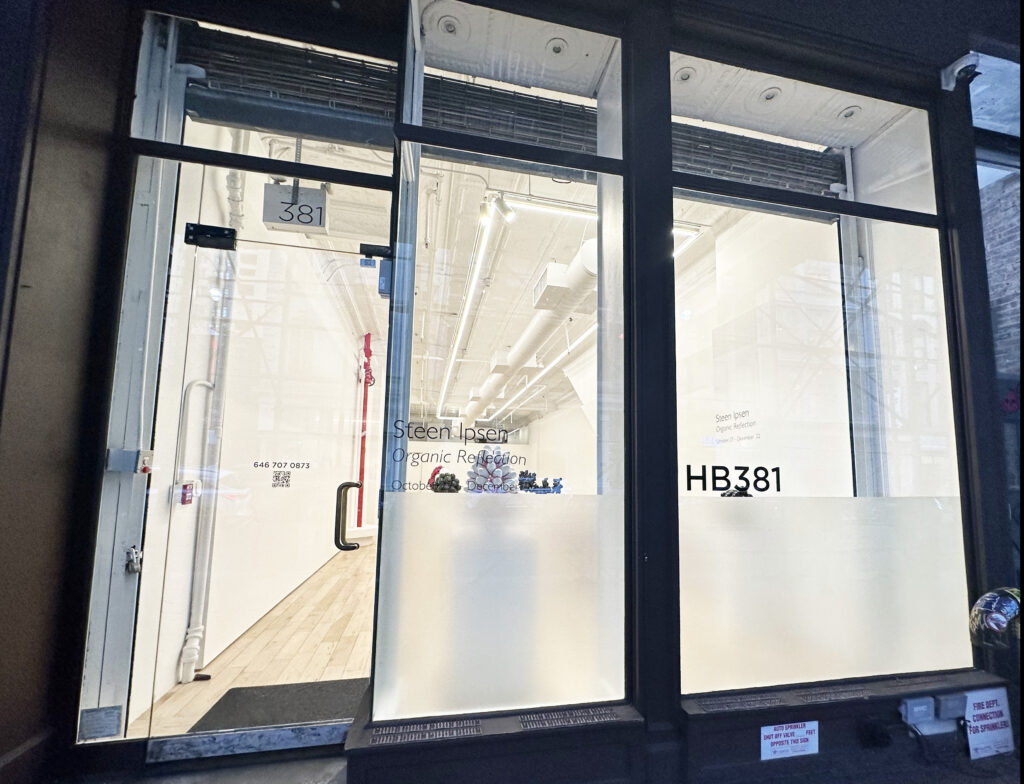A Beloved Collection - Kathy Butterly at James Cohan Gallery

James Cohan Gallery - Tribeca, NYC 48 WALKER ST NEW YORK, NY 10013

For over three decades, New York-based ceramic artist Kathy Butterly has ventured into the realms of color, form, and the intricacies of




